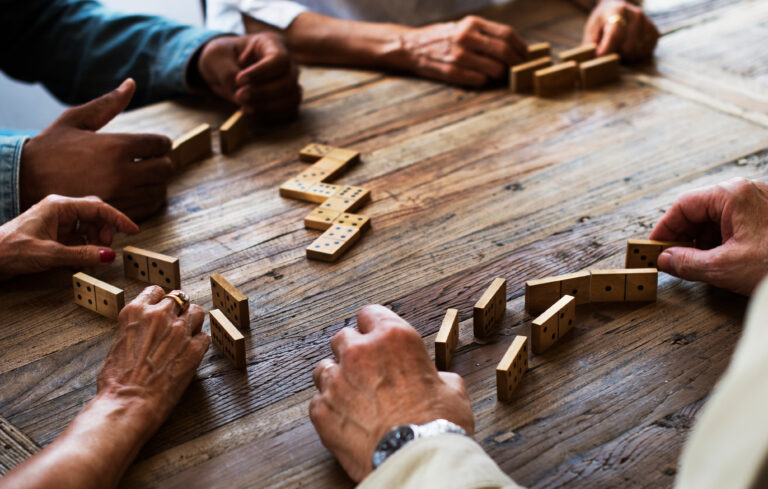**Understanding Dementia: Why Patients Sometimes Have Difficulty Identifying Common Objects**
Dementia is a condition that affects how the brain processes information. It can make everyday tasks, like recognizing familiar objects, challenging for those who have it. In this article, we will explore why dementia patients sometimes have difficulty identifying common objects and what can be done to help them.
### Why Do Dementia Patients Have Difficulty Identifying Objects?
Dementia affects the brain’s ability to process information, which can lead to difficulties in recognizing objects. This is not because the person’s senses are failing, but because the brain is having trouble connecting the sensory input to the correct meaning. For example, someone with dementia might see a familiar object like a hairbrush but struggle to identify it because their brain is not processing the visual information correctly.
### Types of Dementia-Related Object Identification Issues
There are different types of dementia, and each can affect object recognition in various ways. Here are a few examples:
– **Visual Agnosia**: This is when someone has trouble recognizing what they see. They might be able to describe an object by its color, shape, and size but not be able to identify it as a specific item.
– **Tactile Agnosia**: This is when someone has trouble recognizing objects by touch. They might feel an object but not be able to identify it.
– **Olfactory and Gustatory Agnosia**: These are less common and involve trouble recognizing smells and tastes, respectively.
### How to Help Dementia Patients Identify Objects
While dementia is a complex condition, there are several strategies that can help patients identify objects more easily:
1. **Use Contrasting Colors**: Using contrasting colors for objects can make them easier to spot. For example, using a brightly colored toilet seat or light switches that stand out from the wall can help.
2. **Simplify the Environment**: Cluttered environments can be confusing. Keeping surfaces and floors clear and uncluttered can reduce confusion and help prevent trips and falls.
3. **Provide Memory Aids**: Memory aids like whiteboards, photographs, or notes can help patients remember important tasks and objects. For instance, a whiteboard with steps for making a cup of tea can be very helpful.
4. **Assistive Technology**: Assistive technology, such as devices that remind patients of daily events, can be very useful. These devices should be designed to be easily accessible and not cause anxiety or frustration.
5. **Create a Safe Activity Space**: When engaging in activities with someone who has dementia, it’s essential to create a safe and comfortable space. This includes keeping things tidy, reducing noise, having good lighting, and ensuring comfortable seating.
6. **Focus on One Task at a Time**: Breaking down tasks into simpler steps can make them easier to manage. For example, if cooking is hard, offer to help with tasks like peeling vegetables or setting the table.
7. **Use Everyday Items**: Everyday items like perching tools can help make tasks like ironing and cleaning more comfortable. These tools allow people to sit while performing tasks, reducing the need to stand for long periods.
8. **Make the Bathroom Safer**: The bathroom can be a challenging place for people with dementia. Using devices like grab bars and non-slip mats can make it safer. Sometimes, installing a walk-in bath or shower can also be beneficial.
### Conclusion
Dementia patients sometimes have difficulty identifying common objects due to the brain’s impaired ability to process sensory information. However, with the right strategies and tools, it is possible to make their lives easier and safer. By simplifying the environment, using contrasting colors, providing memory aids, and utilizing assistive technology, we can help individuals with dementia navigate their daily lives more effectively. Remember, every small change can make a big difference in improving their quality of life.





